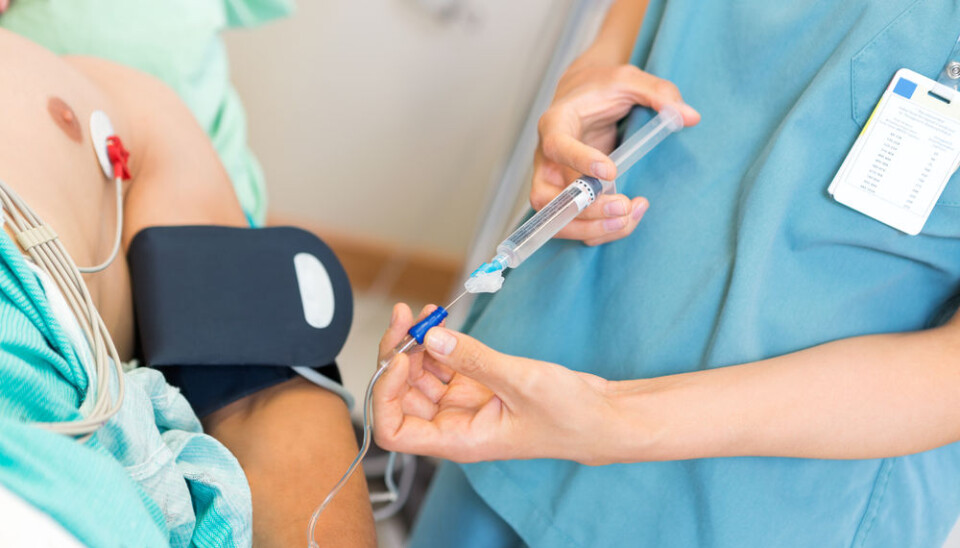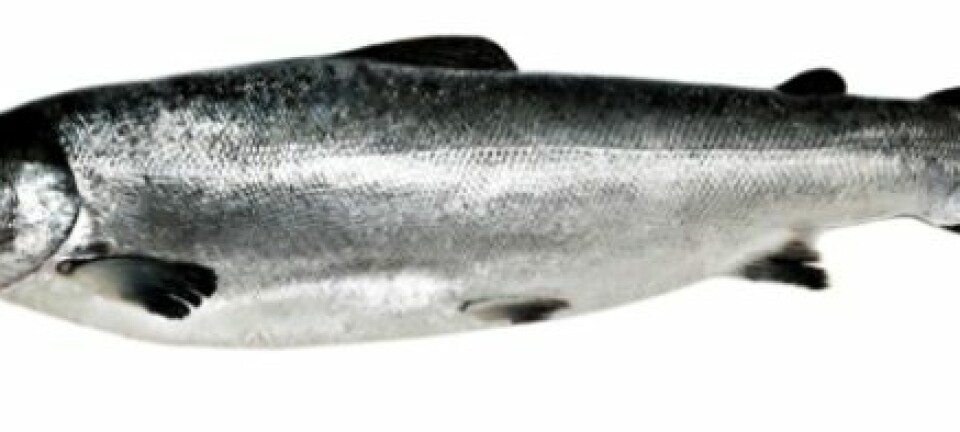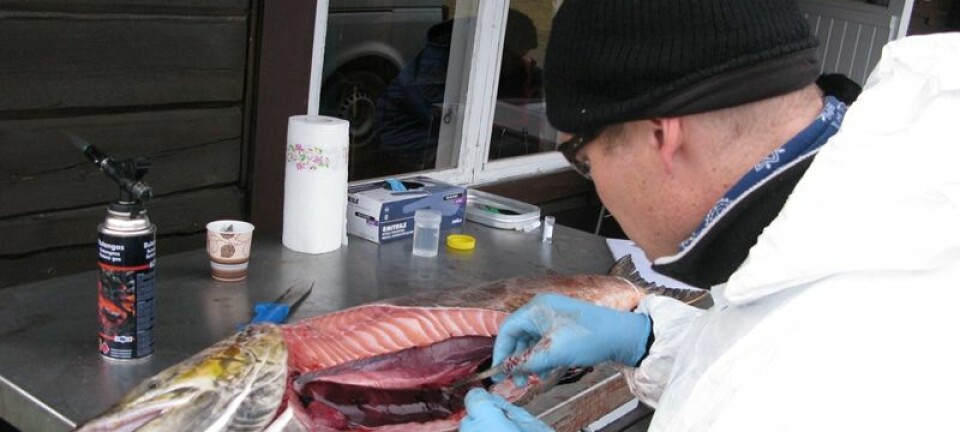
Your body can be scanned for infections
Researchers are designing a procedure that will enable doctors to scan your body for infections.
Has the patient's artificial knee come loose -- or has the knee become infected?
In a near future, doctors will be able to answer that question by using a regular PET scanner.
New Danish research funded by The Danish Council for Independent Research will make it possible to use PET scanners look for infections in the body.
This means doctors will no longer a blood blood sample to determine if a patient has an infection in the body – and by using a PET scanner they will also be able to determine where the infection is in the body along with the best way to treat it.
"Doctors do not have that possibility today," says project leader Ole Lerberg Nielsen of the University of Copenhagen's Institute for Veterinary Disease Biology. "They use PET scanning to find cancer tumours -- we want to use the same scanners to find infections.”
Can help athletes and the elderly
The ability to pinpoint infections in the body has many advantages, says Nielsen.
For example, a person with an artificial joint may feel pain around the joint but the doctor can’t determine whether it’s the artificial joint that has come loose or if there’s an infection.
The new tracers may also be relevant in elite sports, where knowing whether or not an injury suffered by sportsperson is infected can be vital for the chosen form of treatment.
This is something that the proposed new scanning method will be able to help doctors determine.
"There can be many different reasons for the doctors to want to know whether there’s an infection at a certain spot in the body or not,” says Nielsen. “Blood samples can only tell you if there is an infection but not where it is -- PET scans would be a very useful tool here."
Existing tracers can be reused
PET scanning is often used to locate cancer tumours by injecting a tracer into the patient’s bloodstream. The tracer is then absorbed by the tumour from where it emits a faint radiation that can be picked up by the scanners.
Doctors can then use the scans to locate the cancer tumour, its size, and in some instances also its type.
However, many of the tracers used doesn’t only have an affinity for cancer tumours, rather they react to any metabolic activity in the body -- such as the metabolic activity that arises when the immune system's cells gather around an infected area.
"This means we can use already existing tracers to identify infections in the body," says Nielsen.
Pigs infected with bacteria
To test the PET scanners ability to pick up on infections, Nielsen and colleagues from Aarhus and Aalborg University Hospitals injected a bacteria, staphylococci, into the right rear leg of pigs.
After a week, the infection had spread and developed into osteomyelitis in the thigh bone and the bones of the lower leg and the midfoot.
The researchers then scanned the pigs using different existing tracers to assess the individual tracer’s ability to locate the infected area.
The aim of the research is to find out which of the existing tracers are suitable.
The researchers are therefore constantly changing some of the tracers with others, until they have a handful of elements that give the best scans.
"We test five or six tracers at a time on the same pig within 18 hours," says Nielsen. "By doing so we can compare the ability of the tracers to locate the infection in the same place in the individual pig.”
Chemists will make new tracers
As well as studying existing tracers, Nielsen is advisor on a Ph.D. project that aims to design substances which will bind exclusively to bacteria.
Currently, most tracers are non-specific and gather where there is metabolic activity.
The Ph.D. student’s is to make some substances that bind to specific molecules on the surface of the bacteria.
These substances are to be coupled to a radioactive element that’ll make it visible on the scans.
“We’re trying to make a tracer that doesn’t give any false positive results in scans for infections," says Nielsen.
Studying how results can be optimised
Another Ph.D. student, a hospital physicist from Aarhus University Hospital's PET centre, has been brought on to the research project.
The hospital physicist will study how the scanning results from the PET scanner can be optimised.
He’ll be looking for where strongest signal arises from during the scans.
The idea is to figure out if infections absorb the tracers slower than e.g. cancer tumours. Nielsen can then use that knowledge to figure out how long doctors should wait before scanning after they’ve injected the tracer.
"We are looking at all possibilities for optimising infection scans," says Nielsen. "The plan is to be finished by 2015, and then we hand our work over to other researchers who will continue with trials using humans."
-----------------------
Read the full story in Danish on Videnskab.dk
Translated by: Michael de Laine











